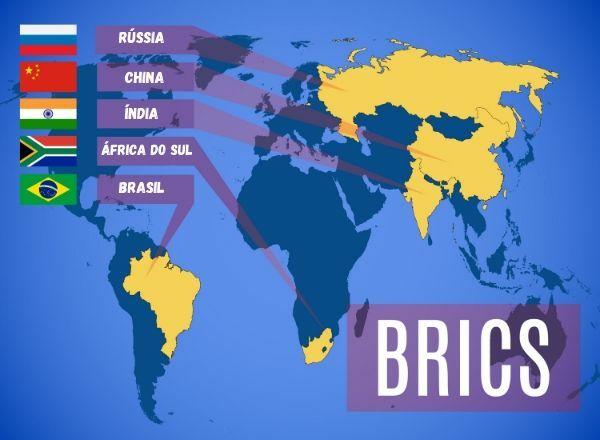The most extensive Brazilian region is the North, where there is the largest equatorial forest in the world, the Amazon. This part of the country still has large areas of preserved forests, where we can find very heterogeneous vegetation cover, as areas of Cerrado, Campos and coastal vegetation, but the main one is the Amazon forest, which covers approximately 80% of the region North.
Despite the appearance of homogeneity in the Amazon forest, it has distinctions in terms of plant formation that varies according to the altitude of the relief. As a result, the Amazon is classified into four types: igapó forest, floodplain forest, terra firme forest and semi-humid forest. The vegetation cover in the Amazon is composed of broadleaved and evergreen plants, that is, they have thick leaves and do not fall at any time of the year.
The prevailing climate throughout the region is the humid equatorial, characterized by high temperatures and large amounts of rain throughout the year. Some restricted areas do not have this climatic characteristic, such as Tocantins and parts of Pará and Roraima. In the southeastern part of Pará and throughout the State of Tocantins, the tropical climate is identified, with two well-defined seasons, one rainy and one dry. In the northwest of Pará and east of Roraima, the prevailing climate is the semi-humid equatorial, with short periods of drought, consistently high temperatures throughout the year and lower rainfall than the equatorial climate humid. In the North region, in general, temperatures are around 26°C, with rainfall ranging between 1700 and 3000 mm per year and low thermal amplitude.
In the North region there is a huge interdependence between climate and vegetation, because there is a reciprocal influence between them. The climate influences the forest, as temperatures are high and there is an abundant amount of rain, allowing the proliferation of an immense diversity of plants, in addition to allowing them to remain green or whole year. On the other hand, the forest directly contributes to the climate, especially in terms of rainfall. Such influence is due to the fact that the plants transpire through the leaves. When this occurs, water droplets form on them, then, with the evaporation process, the water contained in the plants goes into the atmosphere, favoring the formation of rain.
Do not stop now... There's more after the advertising ;)
Approximately 50% of the moisture that turns into rain comes from the forest. In light of this statement, we realize that the conservation of the Amazon is essential for the functionality of the region's climate and for the maintenance of the biodiversity that it shelters.
By Eduardo de Freitas
Graduated in Geography
Would you like to reference this text in a school or academic work? Look:
FREITAS, Eduardo de. "The Vegetation and Climate of the North Region"; Brazil School. Available in: https://brasilescola.uol.com.br/brasil/a-vegetacao-clima-regiao-norte.htm. Accessed on June 27, 2021.


